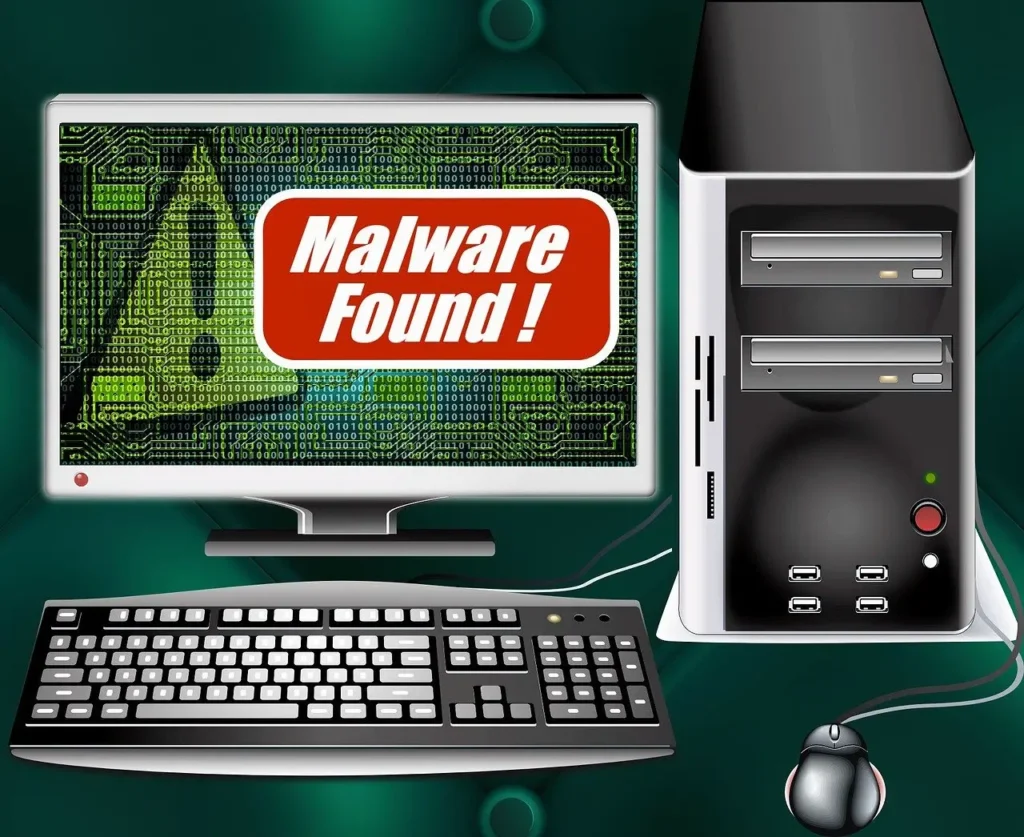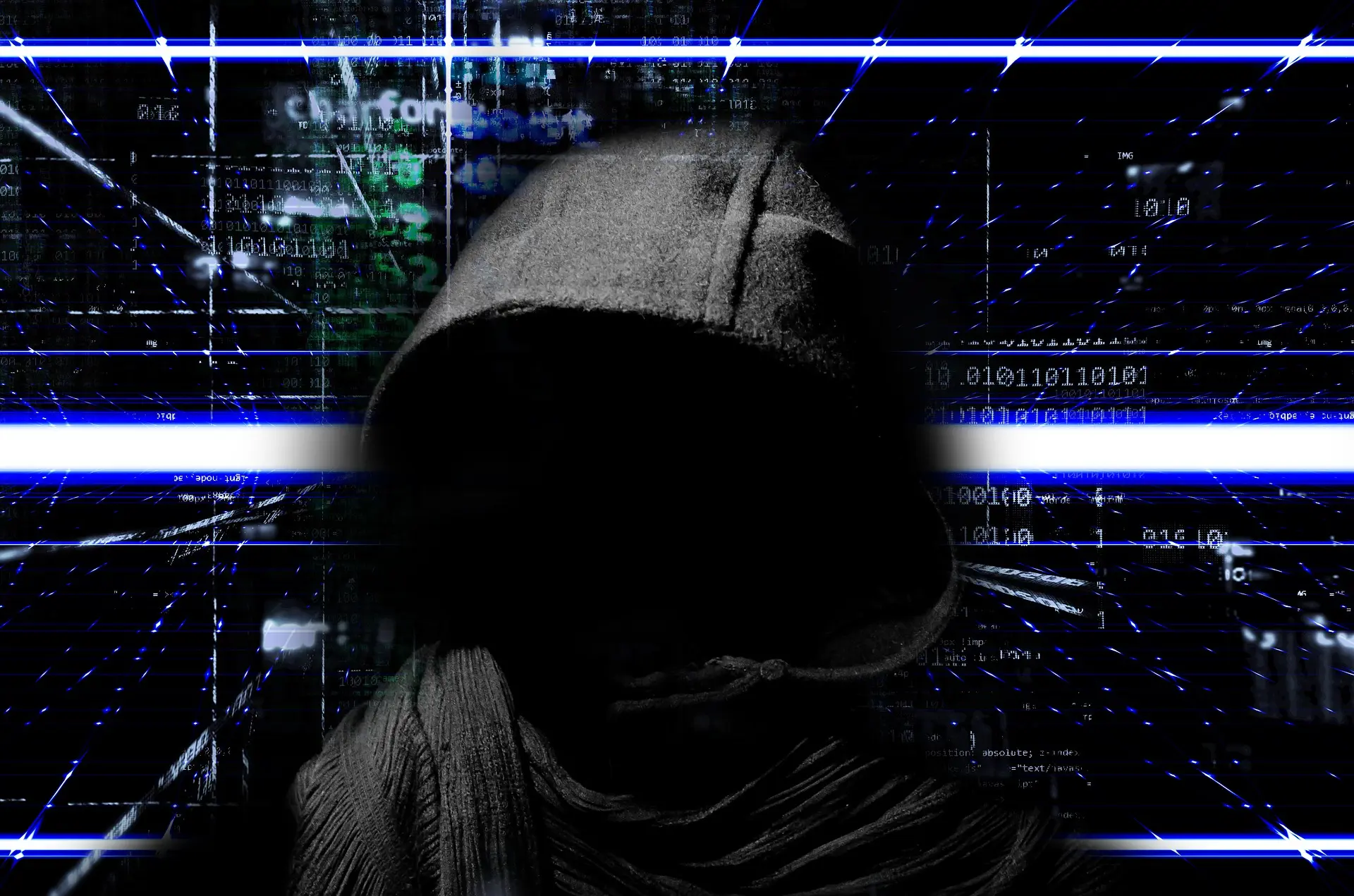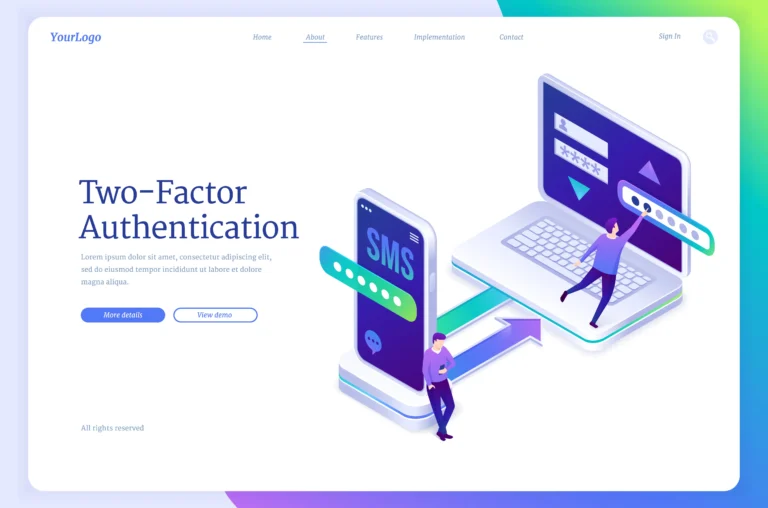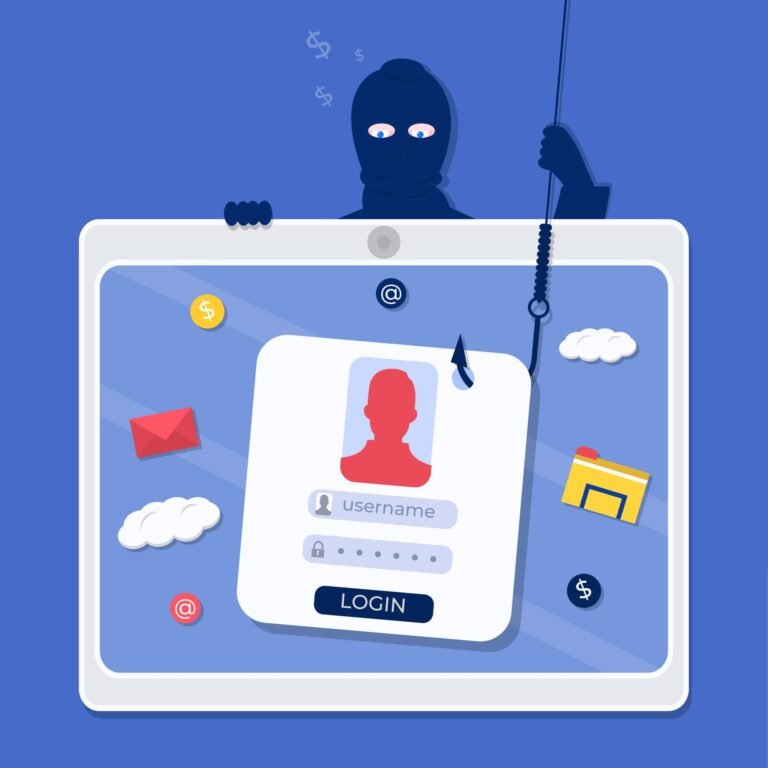15 Types of Malware That You Need to Know About
Computers have undergone a nearly unrecognizable transformation in the past few decades.
While the majority of the programs and files you install or download are entirely safe, a small number are made with ulterior motives in mind, such as erasing your data, stealing your information, or extorting money.
Phishing: Emails that appear to be from a legitimate company may be sent to you in order to trick you into divulging sensitive information Malicious Websites: Some websites may try to download malware onto your computer, typically through pop-up windows or nefarious links.
Which malicious software started first?
Dedicated networks like the ARPANET saw the emergence of viruses in the 1970s. Viruses also increased dramatically during the personal computer boom that Apple helped start in the early 1980s. More and more people were able to learn how computers operated as they had access to them firsthand. And unavoidably, some people turned their knowledge against them. Viruses have changed as technology has. Computers have undergone a nearly unrecognizable transformation in the past few decades.
A program with malevolent intent is known as malicious software (malware). While the majority of the programs and files you install or download are entirely safe, a small number are made with ulterior motives in mind, such as erasing your data, stealing your information, or extorting money. For a long time, scammers have used a variety of techniques to spread malware to as many machines as they could. On a Mac, Elk Cloner, the original computer virus, was found in 1982. Brain, the first PC-based virus, was published in 1986.
Another threat posed by ransomware has existed since the earliest days of the traditional computer virus. According to a number of studies, the PC cyborg virus, also known as the AIDS Trojan, was the first known instance of ransomware, and it initially surfaced in 1989. You might not be aware of the fact that a biologist by the name of Joseph Popp sent 20.000 infected floppy disks to the attendees of the World Health Organization AIDS Conference.
What is the origin of malware?

Email attachments, rogue websites, torrents, and shared networks are some of the most popular places to find malware.
- Phishing: Emails that appear to be from a legitimate company may be sent to you in order to trick you into divulging sensitive information
- Malicious Websites: Some websites may try to download malware onto your computer, typically through pop-up windows or nefarious links.
- Torrents: Unknown what to anticipate until you download the files, BitTorrent-shared files are typically dangerous.
- Shared networks: A computer that is infected with malware on the same shared network may transfer malware to your machine.
Type of Malware?
Although there are many distinct varieties of malware, the following ones are the most frequent:
| Type | What It Does | Real-World Example |
| Ransomware | disables the victim’s access to data until the ransom is paid | RYUK |
| Fileless Malware | makes changes to files that are native to the OS | Astaroth |
| Spyware | collects user activity data without their knowledge | DarkHotel |
| Adware | serves unwanted advertisements | Fireball |
| Trojans | disguises itself as desirable code | Emotet |
| Worms | spreads through a network by replicating itself | Stuxnet |
| Rootkits | gives hackers remote control of a victim’s device | Zacinlo |
| Keyloggers | monitors users’ keystrokes | Olympic Vision |
| Bots | launches a broad flood of attacks | Echobot |
| Mobile Malware | infects mobile devices | Triada |
| Wiper Malware | A wiper is a type of malware with a single purpose: to erase user data beyond recoverability. | WhisperGate |

1. Ransomware
Software known as ransomware encrypts data and prevents a victim from accessing it until a ransom is paid. There is no assurance that payment will produce the required decryption key or that the decryption key provided will work properly. The victim company is rendered partially or completely unable to work until it pays.
2. Embedded Malware
Malware that is “fileless” doesn’t initially install anything; instead, it modifies operating-system-native files like PowerShell or WMI. A fileless assault is not detected by antivirus software because the operating system views the modified files as legal; nonetheless, because these attacks are stealthy, they are up to 10 times more effective than conventional malware attacks.
3. Spyware
Spyware gathers data on user behavior without the users’ knowledge or permission. Passwords, pins, payment information, and unstructured messages might all fall under this category. Spyware can also run in a crucial program or on a mobile device, so its use is not just restricted to the desktop browser.
4. Adware
Without permission, adware (short for “advertising-supported software”) sends advertisements to the victim’s computer. A lot of software developers use adware to monetize their freely available computer products. This strategy is used to obtain sensitive data and login credentials from users.
5. Trojan
A Trojan stealth program impersonates desirable software or code. Once downloaded by unwary users, the Trojan can hijack victims’ PCs and utilize them for its own malevolent ends. Trojans can lurk in software patches, games, apps, and even programs themselves. They can even be found in files that are part of phishing emails.
6. Worms
In order to enter networks, worms take use of operating system flaws. There are various ways they could get in, including through flash drives, inadvertent program flaws, or backdoors integrated into the software.
7. Virus
A piece of code known as a virus infects an application and runs when the program is launched. A virus can be used to steal private information, start DDoS assaults, or carry out ransomware attacks after it has entered a network.
8. Rootkits
Software known as a rootkit enables malevolent users to take complete administrative control of a victim’s machine from a distance. Applications, kernels, hypervisors, and firmware can all be compromised to introduce rootkits. They propagate via phishing, malicious downloads, malicious attachments, and infected shared drives.
9. Keyloggers
A sort of spyware called a keylogger keeps track of user activity. Keyloggers can be legally employed by both corporations and families to monitor employee activity and maintain tabs on children’s online activities.
10. Bots and botnets
A software program called a “bot” executes automatic tasks at the user’s request. When used maliciously, they take the form of self-propagating malware that can communicate back to a central server. They are employed for legitimate purposes like indexing search engines. A botnet, which is a network of bots used to execute large-scale remotely controlled floods of attacks like DDoS attacks, is typically created using a lot of bots. Botnets can grow to be very large. The Mirai IoT botnet, for instance, contained between 800,000 and 2.5 million computers.
11. Malware on Mobile
Attacks on mobile devices have increased by 50% since last year. Trojans, ransomware, click fraud, and other malware threats are among the many that target mobile devices. They are a particular issue for jailbroken phones because they frequently lack the default security measures that were included in those devices’ original operating systems. They are spread through phishing and malicious downloads.
12. Cleaner Malware
A malware program known as a “wiper” has one single goal: to delete user data and make sure it cannot be restored. Computer networks in both public and commercial businesses from a range of industries are brought down using wipers. Additionally, threat actors utilize wipers to erase evidence of an incursion, making it harder for their target to react.
13. Cryptojacking
This is a piece of software, typically written in JavaScript, that silently infects a computer when the victim clicks a malicious link in an email or visits a website that has been compromised and infected with malware. This malware is installed using exploit kits, which are tools used by cybercriminals to spread malware.
14. Scareware
Referred to as deception software or fraudware, is a type of malware that employs psychological tricks to make people feel threatened or fearful in order to persuade them to purchase unwanted software. Typically, these pop-up ads will convince you to purchase antivirus or other unusual software.
15. Downloaders
This particular kind of spyware downloads uncommon malware. When a downloader is executed, it will have a URL in its code that will cause it to download other malware. Using the Trojan downloader Nemucod, for instance, ransomware like TeslaCrypt or locky was downloaded onto target computers.
Conclusion
Software that has malicious intentions is referred to as malware. There are many different kinds of malware, and each one has a different means of getting onto your computer. These methods can involve stealing your personal information, encrypting your vital data, or doing other damage to your PCs. Damage can occasionally be irreparable.
There is no one solution that will stop all malware because it is so pervasive and millions of new dangerous files are detected daily. For this reason, we advise employing various solutions to give your PCs additional layers of protection.







